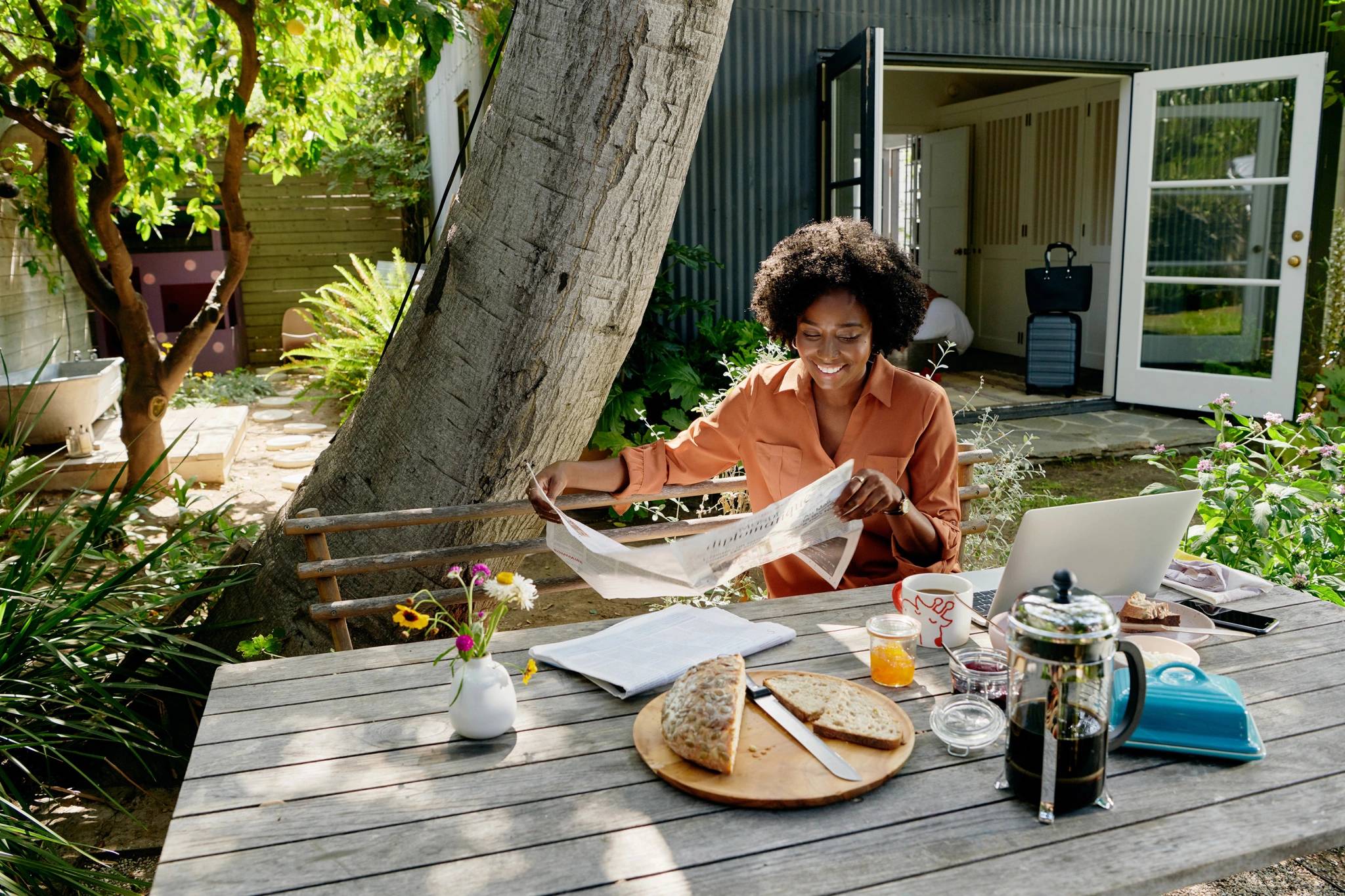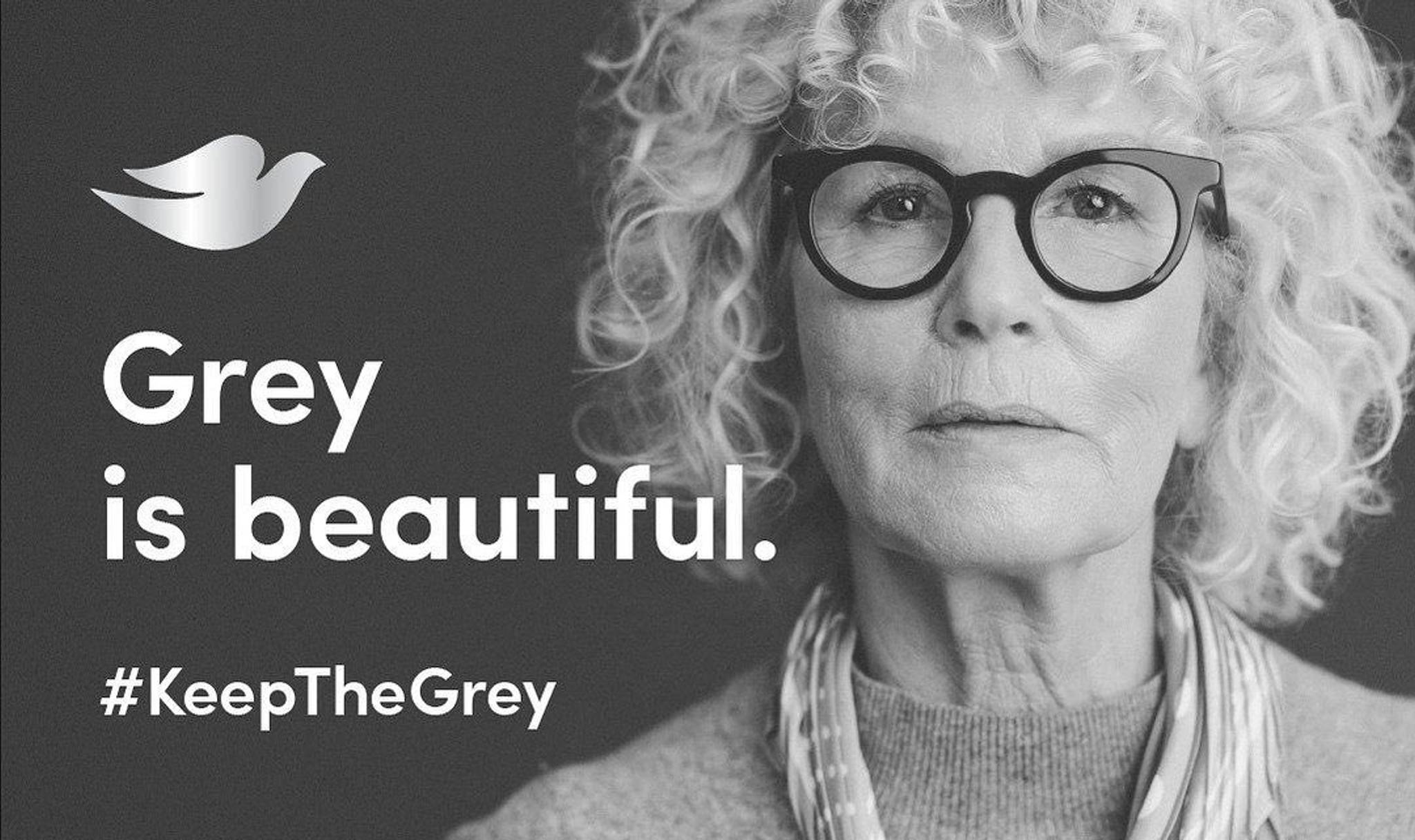
From people rebelling against wellness culture to adults combining nostalgic sentiments with modern tastes, brands are responding to shifting mindsets through innovative products and divisive campaigns. Here are the top ten insights and behavioural shifts that got us talking in October.
📚Gen Zers use romance novels to alleviate stress - younger generations are turning to books such as fantasy and romance as a way to escape emotional trauma, signalling an extension of their continued search for comfort and connection. By providing people with contemporary coping mechanisms, brands can elevate wholesome, playful experiences to help soothe people's anxiety.
❗️Consumers want brands to combat polarization - as the overturning of Roe v. Wade deepened polarization in the US, Dame partnered with creative agency Mischief to release a politically charged sex toy that raises awareness around reproductive rights. Creative, thought-provoking campaigns about hotly debated topics are winning favour with consumers that want brands to take a clear stance in the face of political polarization.
🔆 Rural Americans want new narratives - culture wars and political disagreements have widened the rural-urban divide in America, but rural Americans want more diverse depictions of their lived realities and everyday experiences. By widening people’s understanding of rural demographics through new media narratives and refreshed storytelling, brands can add nuance to skewed notions of rural culture.
💓 People are rebelling against wellness culture - as Gen Yers and Zers push back against endless self-improvement narratives, many are looking for a sense of indulgence and release. As people seek escape in a world of socio-political unrest and economic instability, brands can help to ease consumer woes by allowing them to let off steam.
🪩 Adults combine nostalgic choices with contemporary tastes - with many adults tapping into ‘kidult’ behaviours and searching for a sense of comfort and familiarity experienced in childhood, brands are appealing to audiences old and new through ‘fauxstalgia’ sentiments that have cross-generational appeal.
🏡 Young people's concept of home is changing - for many young people the idea of renting or owning their own properties feels out of reach, but that doesn’t mean the concept of home is any less important to them. As the home becomes a multifunctional space where they work, play and self-express, helping young people curate their spaces in a personal way will allow them to live according to their needs and values.
🍽 Germans are hungry for alt-meat options - meat is central to German foodie culture, but a survey has revealed that many have reduced their meat consumption over the past five years. As people adapt their diets to be greener and healthier, leveraging the potential of lab-grown meats can cater to the rising demand for alt-meat options.
🥣 UK schools want better food systems - with state schools struggling to provide nutritionally balanced and varied food for pupils, many are calling for systemic change. By working with educational institutions on food partnerships and raising awareness among children, parents and teachers about the benefits of healthy eating, brands can help to have a positive impact across the board.
🍃 Gen Z’s sustainable ideals are supplanted by affordability - despite being known as a values-led cohort, the cost of living crisis means Gen Z’s sustainable ideals are being replaced with a desire for affordable products. As the push-pull between their values and behaviour increases, creating products that close the value-action gap can appeal to shifting mindsets and tightening budgets.
🔮 Eco-conscious consumers want a sustainable future - as sustainable shopping behaviours become embedded in culture and as people seek guidance and support from brands, businesses and organisations, eco-conscious consumers are engaging with and putting their money behind planet-positive brands that align intention with action.



